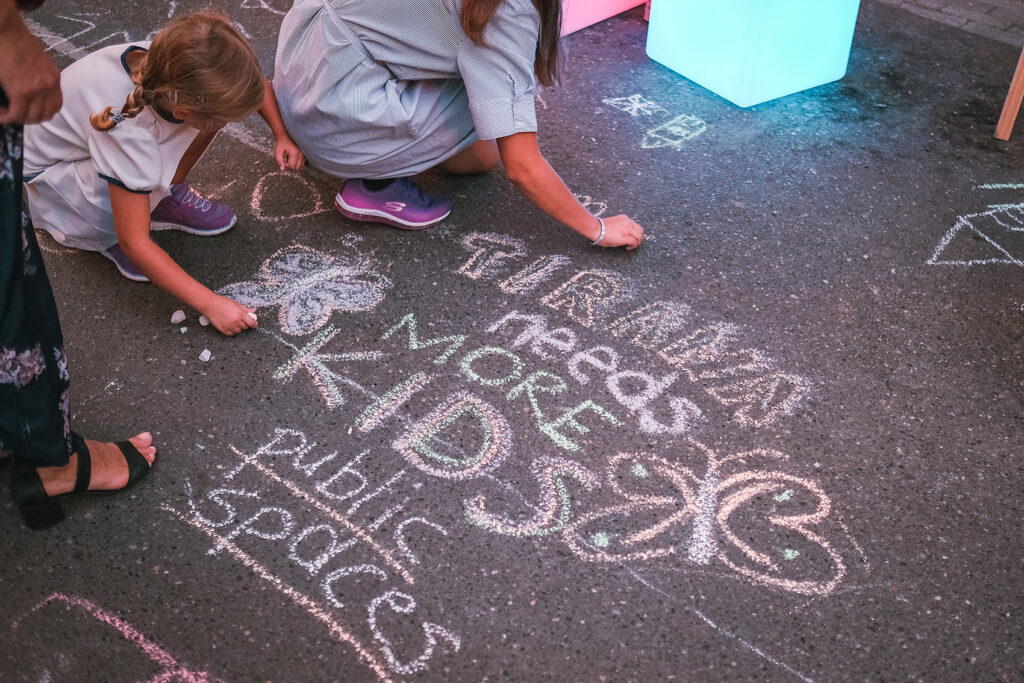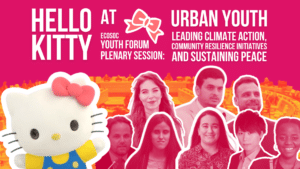Addressing lack of quality public space and safety around school areas for children and their caregivers, making streets more pedestrian-friendly
Snapshot
Team: Qendra Marrëdhënie
Country: Albania
City: Tirana
Start: 01/12/2019
End: 31/12/2022 (exp.)
SDGs: 3, 5, 10, 11, 13
Background
The aim of the School Street Program is to improve neighbourhoods with a special focus on vulnerable groups such as infants, toddlers, children, adolescents and caregivers. Safe School Streets’ interventions slow down traffic while making walking and rolling more comfortable which in turn improves air quality and reduces harmful noise levels.
These new safe oases at the heart of neighbourhoods (school) offer pockets of shade and green and act as sponges in heavy rains. School streets help organise the chaos of pick-up/drop-off in the mornings, giving kids a safe buffer of space at the school gate and peace of mind to waiting caregivers by becoming safe play space inside the neighbourhood. This college affords kids the freedoms they need to thrive and caregivers a stress free environment to help them.
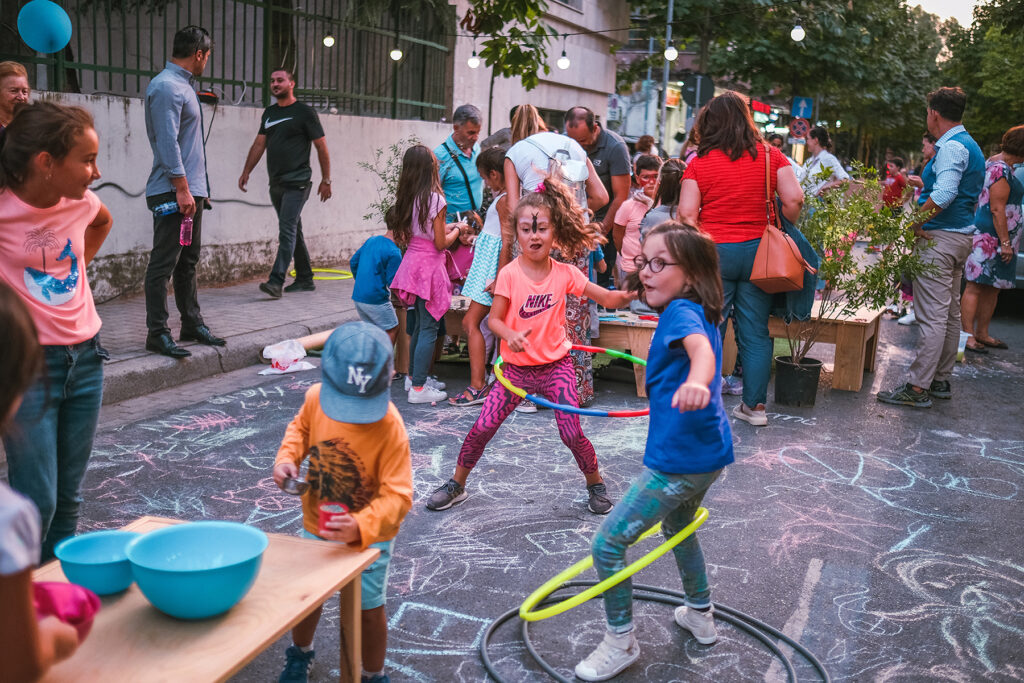
Partners
This programme was carried out by the young people of Qendra Marrëdhënie in partnership with the Municipality of Tirana and international donors (e.g. GIZ Albania or NACTO). Schools provided incremental support serving as bridges to neighbourhood communities of children, parents, neighbours and staff.
[The New Urban Agenda supports the provision of:] Well-designed networks of safe, accessible, green and quality streets and other public spaces that are accessible to all and free from crime and violence.
New Urban Agenda, P. 100 Tweet
Description of the interventions
The project addresses lack of quality public space and safety around school areas for children and their caregivers. By designating more street space for pedestrians and making it more accessible to humans rather than vehicles, the school streets program improves safety in school areas while offering newly added public space that’s supported by seating, shade and play elements serving children 0-18 and caregivers.
These transformed streets that foster natural cycles by adding trees/shade that host species, using natural drainage in de-paved areas offer climate resilient public spaces that support thriving of children and caregivers with adequate access, lighting, seating and other useful components that support inclusivity in the public realm by providing resting/waiting space for caregivers, free play areas that don’t require pay to use which turn into less stress to run daily trips and child-raising; at the same time tackling the heat island effect, air pollution caused by idling cars and traffic nearby.
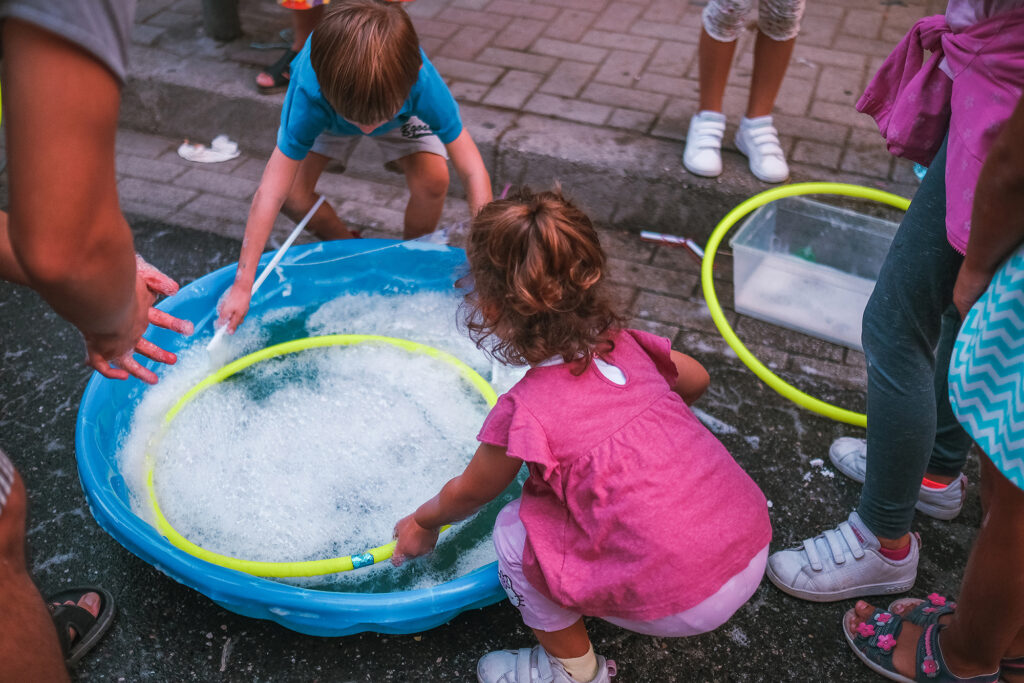
Key achievements
The project has piloted and finished one school street while it is still working to implement in 10 others by the end of 2022. At the first pilot school street the project converted 1680 sq.m of street space into a protected pedestrian area, added 25 sq.m of seating, transformed an underused parking lot into a 310 sq.m dynamic play space, introduced sustainable water management elements, planted 25 trees and evening lighting. The intervention lowered the maximum speed observed from 31 to 20km/h in the school street; increased the number of observed people in formerly underused parking from 6 to 33 and halved the number of cars in observed school street.
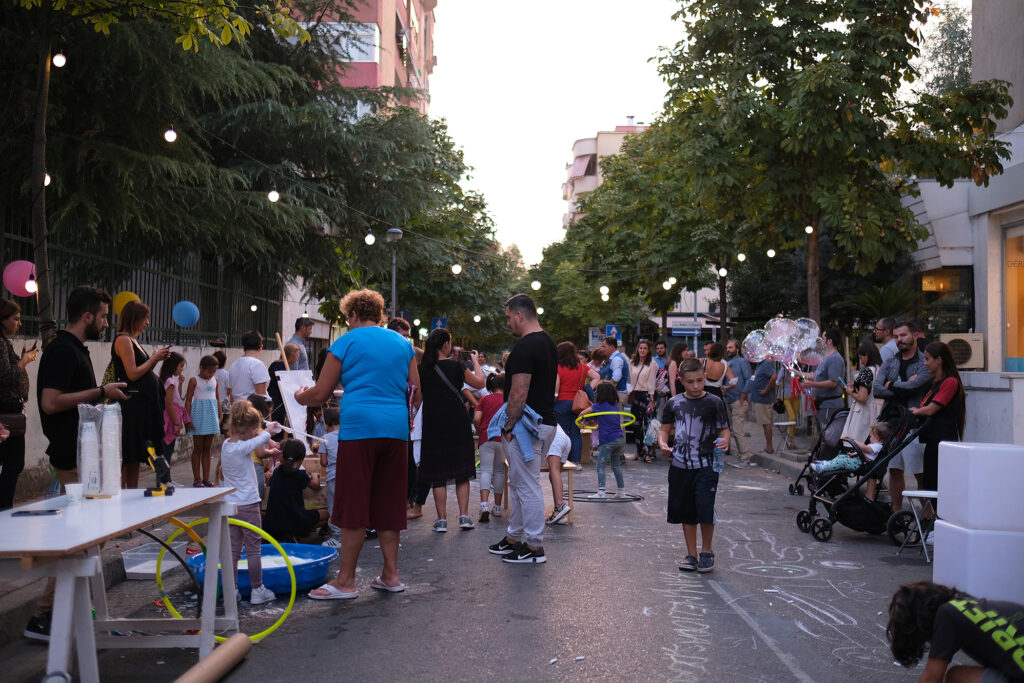
Lasting change
The initiative contributes to lasting change by offering direct insight to decision makers on the effects it has. The city has committed to implementing 10 more school streets in 2022 with the initial pilot starting in 2020 and being delayed by covid-19. Along with the commitment of a batch of 10 school streets as program starters, the city will adopt into law a guideline the initiative has completed that focuses on making thriving neighbourhoods. Moreover the lasting change stays with changed behaviours and expectations of community members who after seeing direct change in their daily lives supported by data, can demand interventions and accountability from their decision makers.

Replicability
The initiative is replicable because the interventions suggested are quick, low-cost and offer high impact. They are organised in three phases. Phase 1 changes are physical intervention estimated at 14 working days for City workers. The street still allows traffic to flow, but at slow speeds and in one direction in front of the school gate. All the rest of the space is dedicated to walking and biking, protected by bollards. Phase 2 is co-design workshops in the community to determine the design elements, such as painting, play, seating, and green zones. During this phase, the “character” of the street will be developed. Phase 3 is conceived as a programming phase to keep the site active as it grows into its own. This is the time when the street really becomes a Safe School Street.

